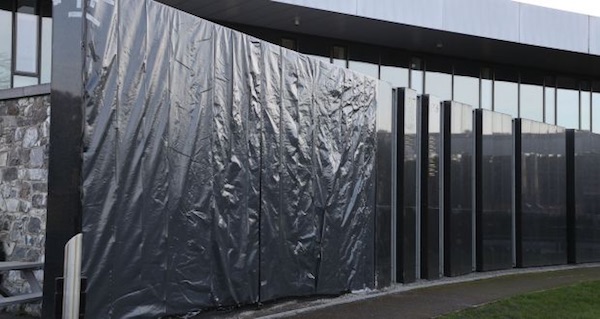
The police in the 26 Counties considered including the murderous Royal Ulster Constabulary (RUC) in the force’s museum as part of a commemoration for the centenary of Ireland’s War of Independence.
Records released from the Department of Justice under the Freedom of Information Act reveal that senior Gardaí discussed the idea at a meeting of the Planning Committee for the Decade of Centenaries Commemorative Programme last year.
The meeting was held at the Department of Culture, Heritage and the Gaeltacht, to discuss how to mark the foundation of the force after the partition of Ireland and before the Irish Civil War in 1922.
The idea was that the Garda Museum in Dublin Castle would include a focus on the RUC, now rebranded as the Police Service of Northern Ireland (PSNI).
It was part of a broader plan to commemorate the British Crown Forces, including the RUC’s forerunners, the Royal Irish Constabulary (RIC), the Dublin Metropolitan Police and the infamously violent Black and Tans.
Last month, the outgoing Fine Gael Justice Minister Charlie Flanagan was forced to cancel a commemorative event for the RIC and the Black and Tans following a huge public outcry.
But the RUC has also been linked to more than a hundred sectarian and political killings in the north of Ireland in recent decades, either directly or in collusion with loyalist paramilitaries.
An invitation sent by the Department of Justice and Equality spoke of “a very complex period in our history”.
In January, it was revealed that the names of members of the RIC, DMP, Black and Tans and British soldiers killed between 1916 and 1921 were to be placed upon a memorial wall in Glasnevin.
The wall, which has been partly completed, has had to be covered over after coming under attack earlier this month. The names of British soldiers already included on the wall were partly erased by hammers.
The so-called ‘wall of shame’ was also damaged in 2017, when paint was thrown over it.
![[Irish Republican News]](https://republican-news.org/graphics/title_gifs/rn.gif)
![[Irish Republican News]](https://republican-news.org/graphics/title_gifs/harp.gif)

